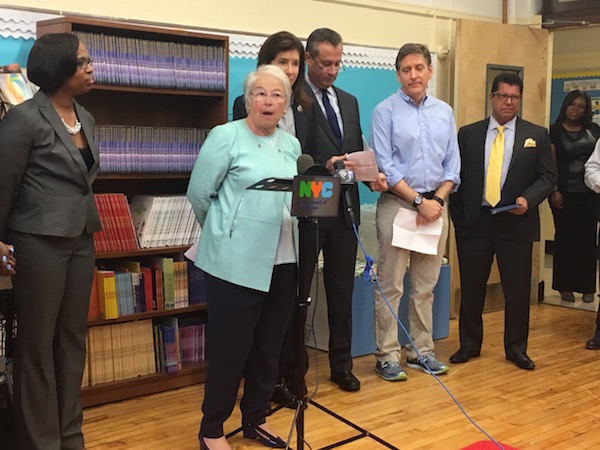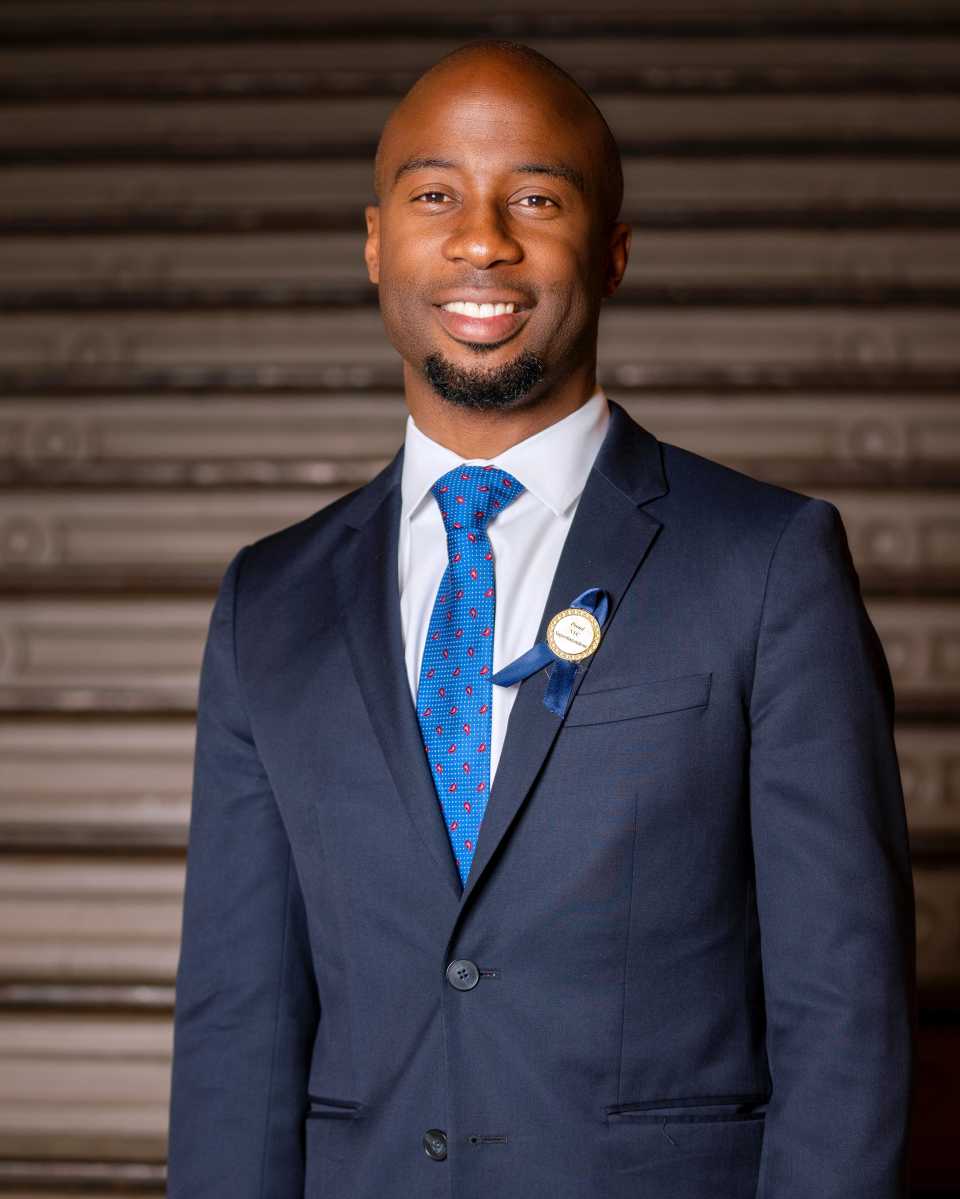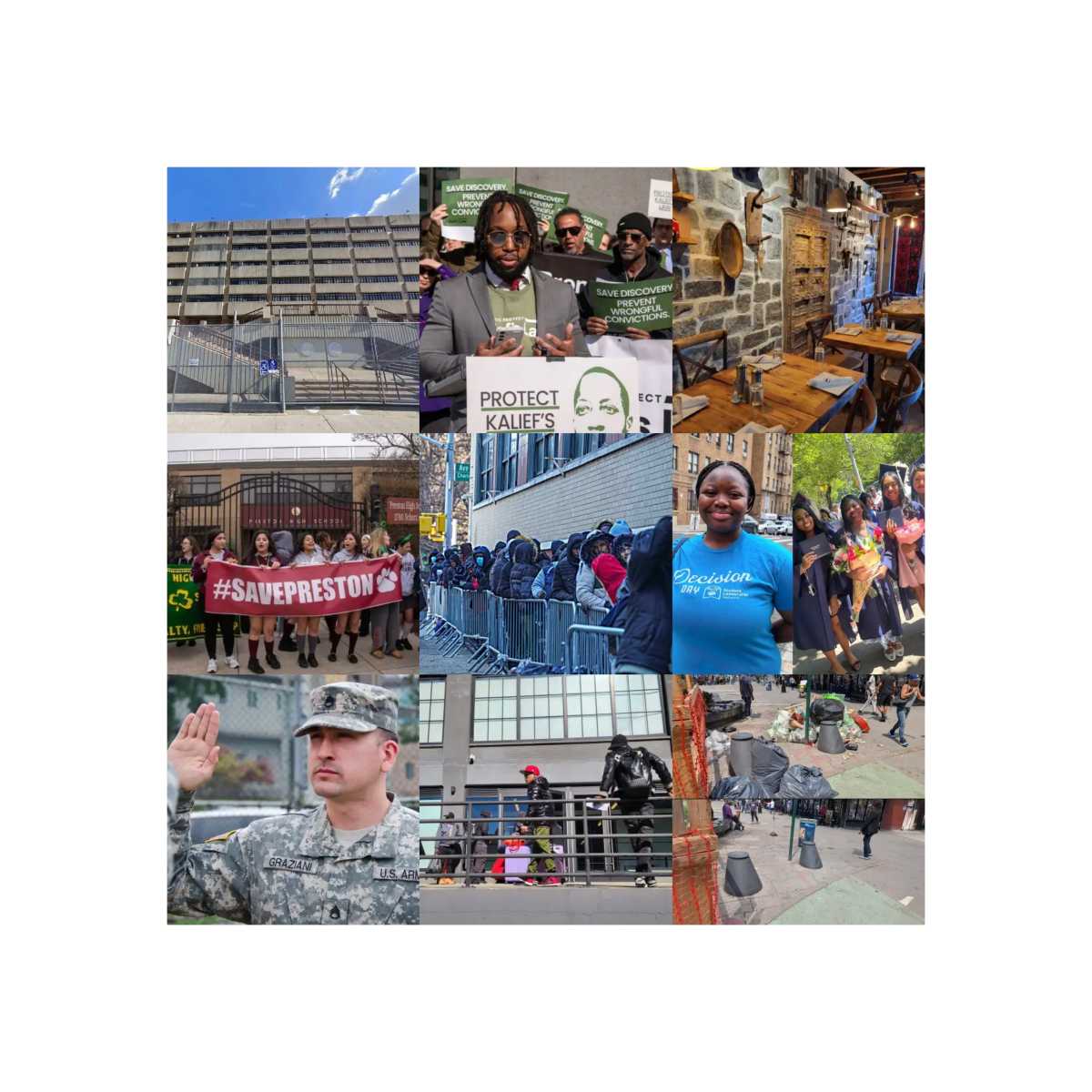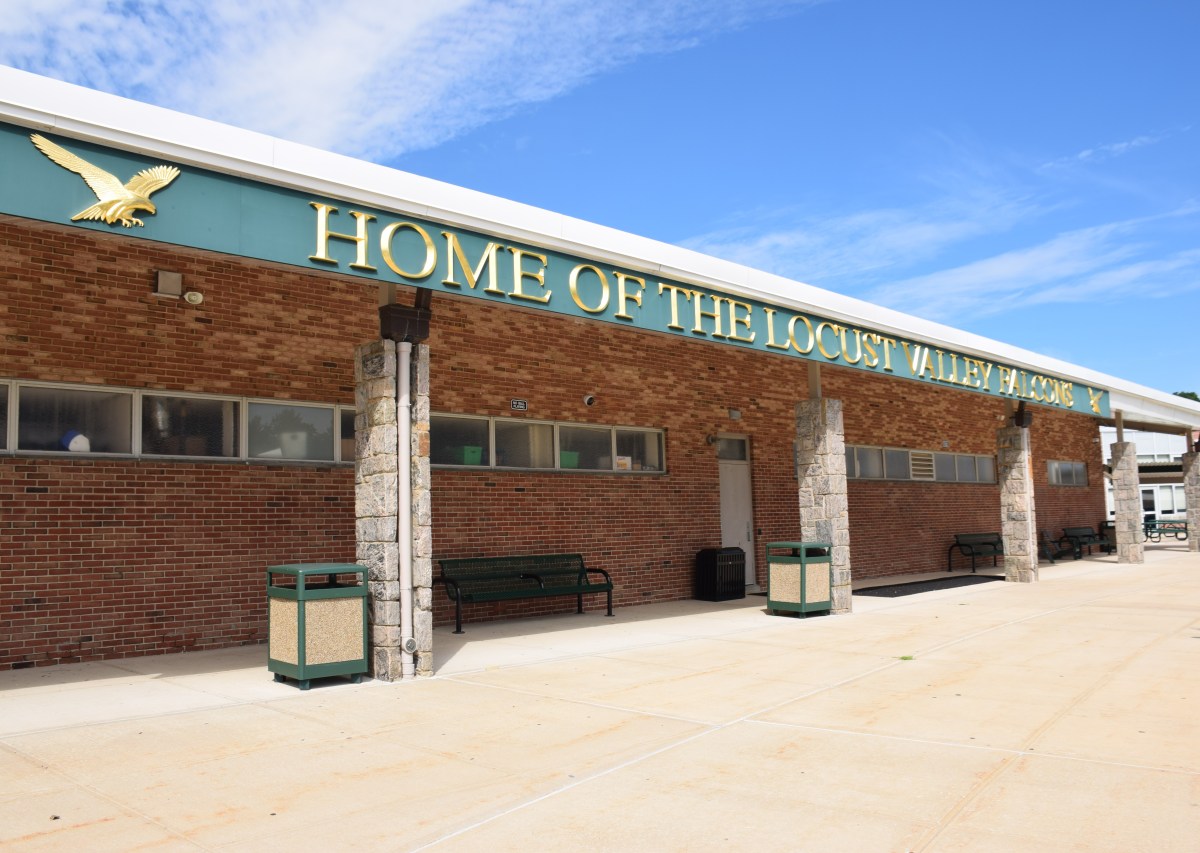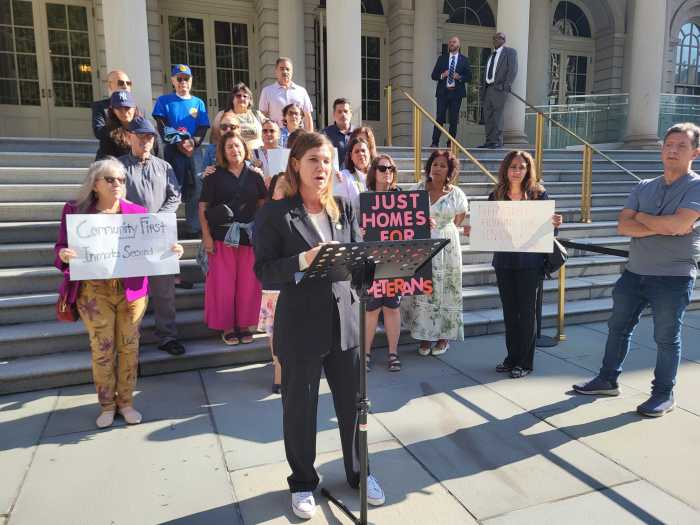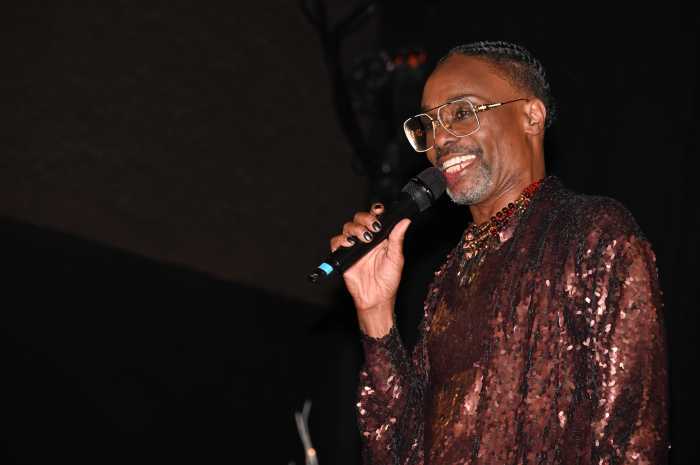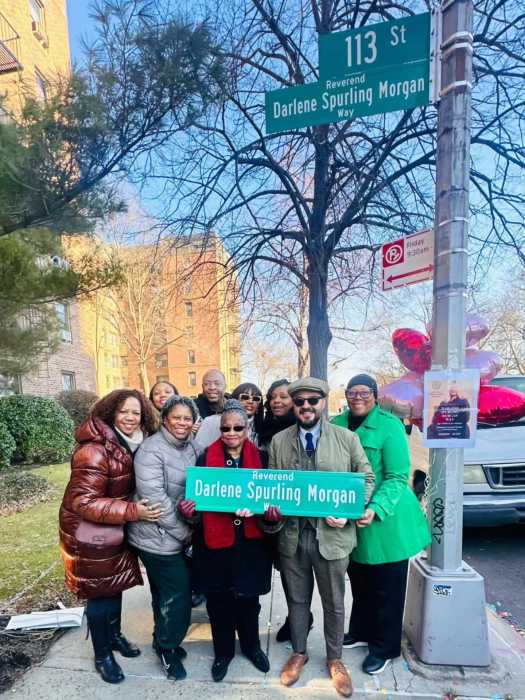Google’s philanthropic arm—google.org— today teamed up with Sprint, the City’s libraries, and the Department of Education in an effort to improve internet access throughout New York.
According to Pew Research Center, 5 million households in the United States lack Internet access, yet seven in 10 teachers assign homework that requires access to the web.

Google donated $1 million to put 5,000 mobile hotspot enabled devices into public libraries. Families with school-aged children are now able to check out the devices for an entire year with their library card.
“The digital divide holds back our entire society,” said Google’s Chief Information Officer Ben Fried at P.S. 67 in Fort Greene, where the initiative was announced.
Joining Fried was Schools Chancellor Carmen Farina, officials from the City’s three library systems, Google and Sprint.
Fariña highlighted the fact that around 2 million New Yorkers lack broadband access at home.
“This [program] will help create expanded opportunities for students to complete homework, research, and thrive outside of school,” Fariña said.
PS 67 Principal Kyesha Jackson noted that close to 90 percent of the students do not have internet access at home. According to the Department of Education’s 2014-15 snapshot of the pre-k through 5th grade school, 88 percent of the student body is black or Hispanic and 30 percent are students with special needs.
“Learning is not only occuring when the teacher is in front of the classroom. It continues with computers, iPads, and other technology,” Jackson said.

Leaders tiptoed into a classroom for an opportunity to see kids on iPads. As two boys read Superman together, Queens Library President and CEO Dennis M. Walcott and Principal Jackson asked Romeo Reyes Oliveras, 8, and Zykwon Pittman, 8, about their internet experience with the hotspots.
“It’s amazing to have wi-fi here in the schools and at home,” said Oliveras who lacked internet at home before the partnership.
Pittman read alongside Oliveras and agreed with the devices educational power: “It’s nice because I get to learn how to read better. The internet helps me sound out words,” Pittman said.
Leaders in technology, mobile communication, and education see the digital divide as way to improve access to information.
“This is tremendously important,” said Chris Caruso, Executive Director of Community Schools. “As one thinks about equity, access to online communities and internet is increasingly important. So much of learning is research and is done online,” said Caruso as he thanked Google and Sprint for their willingness to partner with schools.
Linda E. Johnson, CEO and President of Brooklyn’s Public Library, called attention to the fact that people sit on the steps of the Brooklyn library to access wifi that leaks out. She pointed out that there is no substitute for home internet access.
“Listen, Washington. We are knocking on your door. No, we’re sending an e-mail. It’s time to close the digital divde,” said New York Public Library President Tony Marx.


